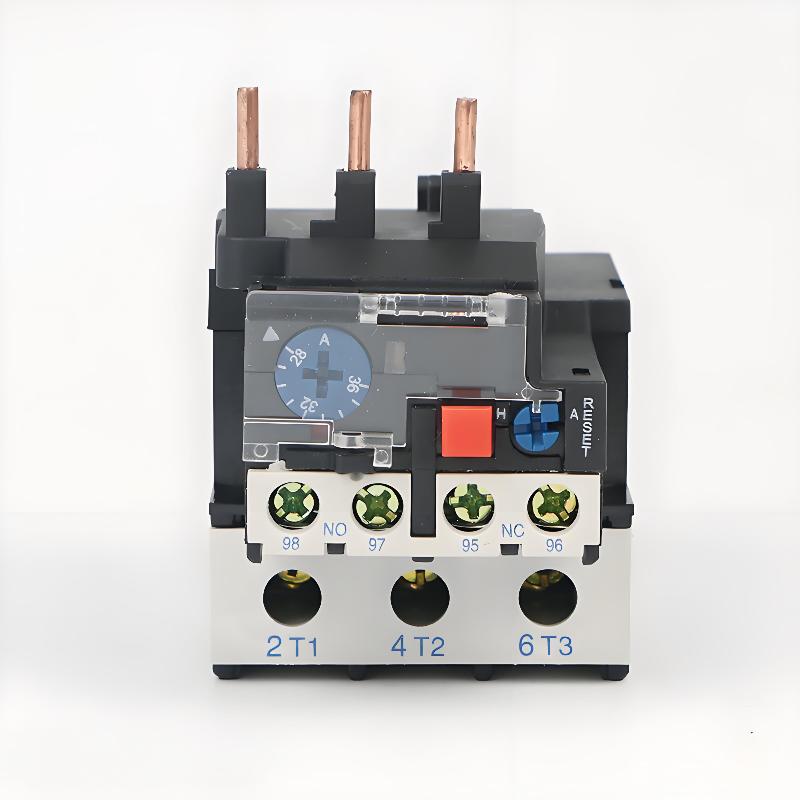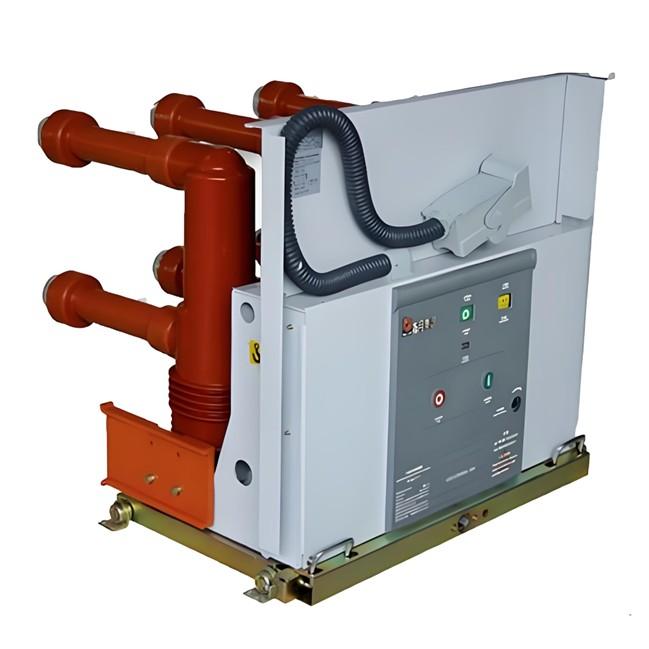Ang maong artikulo nagpadayon sa mga praktikal nga ehasemplo aron mapuli an ang logika sa pagpili para sa 10kV steel tubular poles, nagdiskusyon sa malinaw nga pangkalahatang mga patakaran, proseso sa disenyo, ug partikular nga mga kinahanglanan alang sa paggamit sa 10kV overhead line design ug konstruksyon. Ang espesyal nga kondisyon (tulad sa long spans o heavy ice zones) nangangailigan og daghan pa kaayo nga espesyal nga veripikasyon batas sa kini nga pundasyon aron masiguro ang lami ug reliable nga operasyon sa tower.
Pangkalahatang Patakaran Alang sa Pagpili sa Overhead Transmission Line Tower
Ang rasonable nga pagpili sa overhead line towers kinahanglan balansehon ang adaptability sa kondisyon sa disenyo, ekonomiya, ug safety redundancy, sumala sa kini nga core rules aron masiguro ang stable nga load-bearing capacity gikan sa simula hangtod sa katapusan sa buhata sa tower:
Unang Veripikasyon sa Kondisyon sa Disenyo
Bago ang pagpili, ang key design parameters kinahanglan mahimong malinaw, kasama ang design ice thickness para sa conductors ug ground wires, reference design wind speed (gikan sa terrain category B), ug seismic response spectrum characteristic period. Para sa espesyal nga lugar (tulad sa high altitude, strong wind zones), kinahanglan idugang ang lokal nga climatic correction factors aron makaiwas sa overloading sa tower tungod sa nawong mga parameter.
Prinsipyong Economic Optimization
Ang standardize nga tower types ug heights dapat iprioritize aron makamit ang maximum utilization sa rated load capacity sa tower ug mabawasan ang custom designs. Para sa strain towers uban ang dako nga turning angles, optimize ang positioning aron mabawasan ang taas sa tower. Ikombina ang mataas ug baba nga towers sumala sa terreno nga features aron makaiwas sa paggamit sa mataas nga towers sa tanang parte sa line, nga magresulta sa pagwaste sa kostos.
Mga Kinahanglan sa Veripikasyon sa Safety Load
Straight-line Towers: Ang strength mahimong kontrolado gikan sa high-wind conditions; kinahanglan ang veripikasyon sa bending moment ug deflection sa tower body sa maximum wind speed.
Strain Towers (Tension Towers, Angle Towers): Ang strength ug stability mahimong determinado gikan sa conductor tension; ang turning angle ug maximum conductor usage tension kinahanglan striktong kontrolado. Ang structural strength kinahanglan irecalculate kung ang design limits gibag-oan.
Especial nga Kondisyon: Kung ang conductors gi-transpose, ikonsiderar ang electrical clearance meets code requirements human sa insulator string deflection. Kung ang mas taas nga voltage grade steel tower gigamit, siguraduhon nga ang ground wire protection angle meets lightning protection requirements. Kung ang strain tower crossarm gibag-oan sa angle bisector, ang tower strength ug electrical safety distance kinahanglan i-veripikar sama.
Standard na Proseso sa Pagpili sa Tower
Arbon ang seleksyon rationality ug safety, ang sumusunod nga 7-step systematic design process kinahanglan isunod aron formaha ang closed-loop selection logic:
Determination sa Meteorological Zone: Batas sa meteorological data sa project location, determine ang meteorological zone (tulad sa ice thickness, maximum wind speed, extreme temperature) isip pundasyon sa load calculation.
Conductor Parameter Screening: Determine ang tipo sa conductor (tulad sa ACSR, aluminum-clad steel-cored aluminum), numero sa circuits, ug safety factor (tipikal nga wala pa sa 2.5).
Stress-Sag Table Matching: Batas sa pinili nga meteorological parameters ug tipo sa conductor, retrieve ang corresponding conductor stress-sag relationship table aron determine ang applicable span range.
Preliminary Tower Type Selection: Batas sa tower classification (straight-line pole, strain tower) ug tower load limit tables, preliminarily screen ang tower types nga nahimong meet sa span ug conductor cross-section requirements.
Tower Head ug Crossarm Design: Batas sa regional line layout characteristics (tulad sa single-circuit/double-circuit, presence of low-voltage lines on the same pole), select ang tower head configuration (tulad sa 230mm, 250mm tower head) ug crossarm specifications.
Insulator Selection: Sumala sa altitude (insulation level must be corrected if over 1000m) ug environmental pollution level (tulad sa industrial areas are pollution level III), determine ang tipo sa insulator (tulad sa porcelain, composite) ug numero sa units.
Foundation Type Determination: Batas sa geological survey reports (soil bearing capacity, groundwater level), tower technical parameters, ug foundation force verification results, select ang stepped, bored pile, or steel pipe pile foundations.
Special Design Principles for 10kV Steel Tubular Poles
Para sa 10kV overhead line characteristics, ang design sa steel tubular pole kinahanglan kompyable sa sumusunod nga teknikal nga requirements, balancing ang structural stability ug construction convenience:
3.1 Basic Parameters and Application Scope
Span Limit: Para sa straight steel tubular poles, horizontal span Lh ≤ 80m, vertical span Lv ≤ 120m.
Conductor Compatibility: Makapagdala og aluminum conductor insulated lines tulad sa JKLYJ-10/240 o below, ACSR tulad sa JL/G1A-240/30 o below, aluminum-clad steel-cored aluminum tulad sa JL/LB20A-240/30 o below.
Wind Pressure Coefficient: Ang wind pressure height change coefficient uniformly calculated according to terrain category B (e.g., wind pressure coefficient 1.0 at 10m height, 1.2 at 20m height).
3.2 Structure and Material Requirements
Pole Body Design:
➻ Sectioning Rule: 19m pole in 2 sections, 22m pole in 3 sections; sections connected by flanges (flanges must be machined from solid steel plate, splicing prohibited).
➻ Cross-Section Form: Main pole is a 16-sided regular polygon cross-section, taper uniformly 1:65.
➻ Deflection Control: Under long-term load combination (no ice, wind speed 5m/s, annual average temperature), maximum top deflection ≤ 5‰ of pole height.
➻ Force Calculation Point: Design values and standard values of bending moment, horizontal force, and downward force at the base are all calculated at the bottom flange connection of the steel tubular pole.
Material Standards:
➼ Main Pole and Crossarm: Use Q355 grade steel, material quality not lower than Class B, material certification must be provided.
➼ Corrosion Protection: Entire pole (including main pole, crossarm, accessories) uses hot-dip galvanizing process; galvanizing thickness requirements: minimum ≥70μm, average ≥86μm; adhesion test required after galvanizing (grid method with no peeling).
3.3 Foundation and Connection Design
Foundation Types: Supports stepped, bored pile, and steel pipe pile foundations; selection must consider:
➬ Groundwater Level: In presence of groundwater, soil buoyant unit weight and foundation buoyant unit weight must be used in bearing capacity calculation to avoid buoyancy effects.
➬ Frost Heave Soil Areas: Foundation embedment depth must be below local frost depth (e.g., ≥1.5m in Northeast China).
Connection Requirements:
➵ Anchor Bolts: Use high-quality No. 35 carbon steel, strength grade ≥5.6; bolt diameter and quantity must match flange forces (e.g., 19m pole with 8 sets of M24 bolts).
➵ Installation Process: Steel tubular pole is rigidly connected to foundation via anchor bolts; bolt tightening torque must meet design requirements (e.g., M24 bolt torque ≥300N·m).
Example of 10kV Straight Steel Tubular Pole Selection
10kV straight steel tubular poles are classified by tower head size and application scenario. Core selection examples are as follows, covering typical conditions for single-circuit and double-circuit lines:
4.1 230mm Tower Head Series Steel Tubular Poles
Pole Lengths: 19m, 22m;
Application: 10kV single-circuit line, no low-voltage line on same pole;
Conductor Compatibility: Conductors with cross-section ≤240mm² (e.g., JKLYJ-10/120, JL/G1A-240/30);
Span Limit: Horizontal span ≤80m, vertical span ≤120m;
Structural Features: Tower head horizontal spacing 800mm, longitudinal spacing 2200mm, crossarm uses single-arm layout (compatible with single-circuit conductors).
4.2 250mm Tower Head Series Steel Tubular Poles
Pole Lengths: 19m, 22m;
Application: 10kV double-circuit line, no low-voltage line on same pole;
Conductor Compatibility: Each circuit carries conductors with cross-section ≤240mm² (e.g., double-circuit JL/LB20A-240/30);
Span Limit: Horizontal span ≤80m, vertical span ≤120m;
Structural Features: Tower head horizontal spacing 1000mm, longitudinal spacing 2200mm, crossarm uses symmetrical double-arm layout (compatible with double-circuit conductors, avoiding phase interference).






















